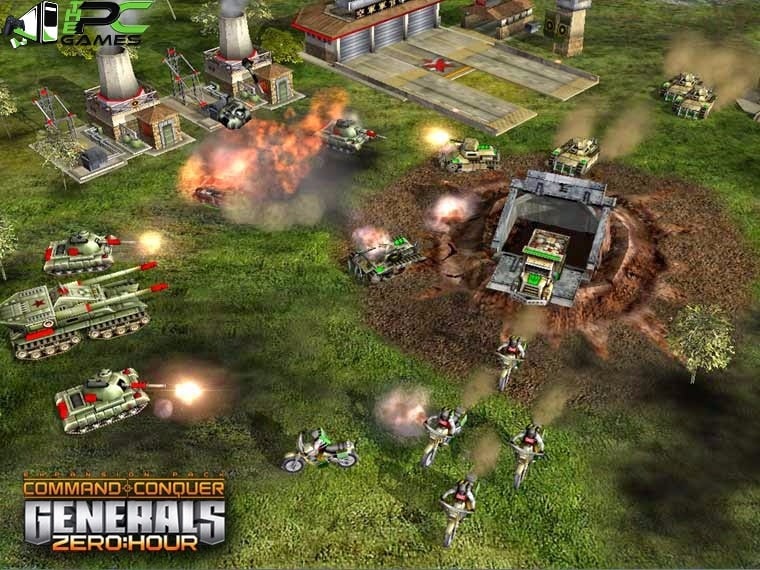
Loaded questions game pdf full#
There is a risk that the full $50 will not be repaid. For instance, few people would accept an offer of $1 per year for the next 50 years in exchange for $50 right now.

The economist’s role is not to establish how much people should value items gained or lost, but to calculate based on observing how much these people actually value these items.īecause people prefer benefits sooner rather than later and costs later rather than sooner, it is necessary to adjust the values of costs and benefits when they occur at different times. The goal is to use measures of costs and benefits closest to those of the people affected by the rule or action.

Discount RateĮconomists use cost-benefit analysis to determine whether an action or rule makes economic sense. The aggregated difference in these values determines the SCC. įor each year, the model looks at the future incomes and environmental losses for the business-as-usual case and compares it with one with higher CO2 emissions. Each SCC estimate is the average of numerous iterations (10,000 in the EPA’s assessment, which we reproduce here) of the model using different potential values for climate sensitivity (how much warming a doubling of CO2 will generate).
Loaded questions game pdf series#
In the model, a series of equations represents world economic activity, the CO2 levels that activity generates, and the impact of the resulting CO2 levels. The DICE model attempts to quantify how the atmospheric concentration of CO2 negatively affects economic output through its impact on global average surface temperature. This study represents a considerably more comprehensive analysis, averaging the results across all five scenarios. We recently published a comment to the Department of Energy, investigating how changes to the discount rate, time horizon, and ECS distribution affect the DICE model’s computation of the SCC under one such scenario. Originally devised by William Nordhaus in the early 1990s, the DICE model estimates the SCC based on five scenarios of economic growth projections, population growth projections, forecast CO2 emissions, and forecasts of non-CO2 forcings.


The EPA uses three statistical models to estimate the SCC: FUND (Climate Framework for Uncertainty, Negotiation and Distribution), DICE (Dynamic Integrated Climate-Economy), and PAGE (Policy Analysis of the Greenhouse Effect). The “social cost of carbon” (SCC) is a metric used by the Environmental Protection Agency (EPA) to quantify the economic impact associated with carbon emissions.


 0 kommentar(er)
0 kommentar(er)
